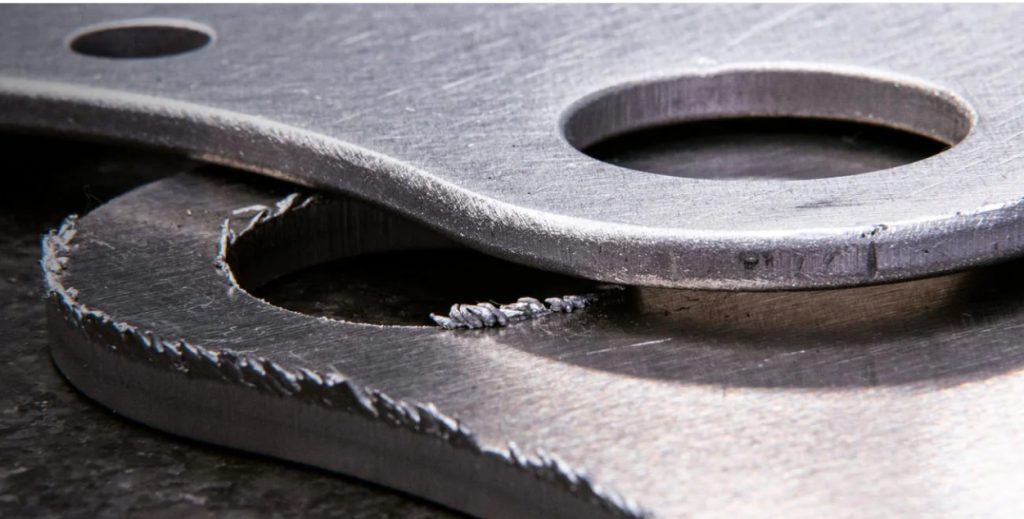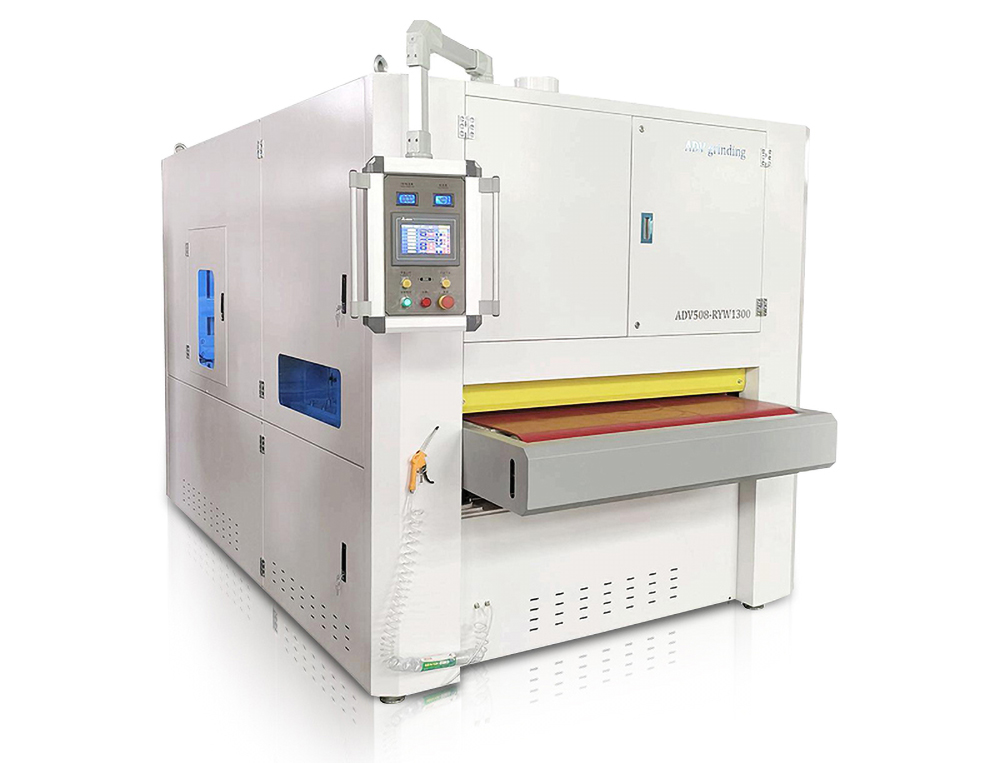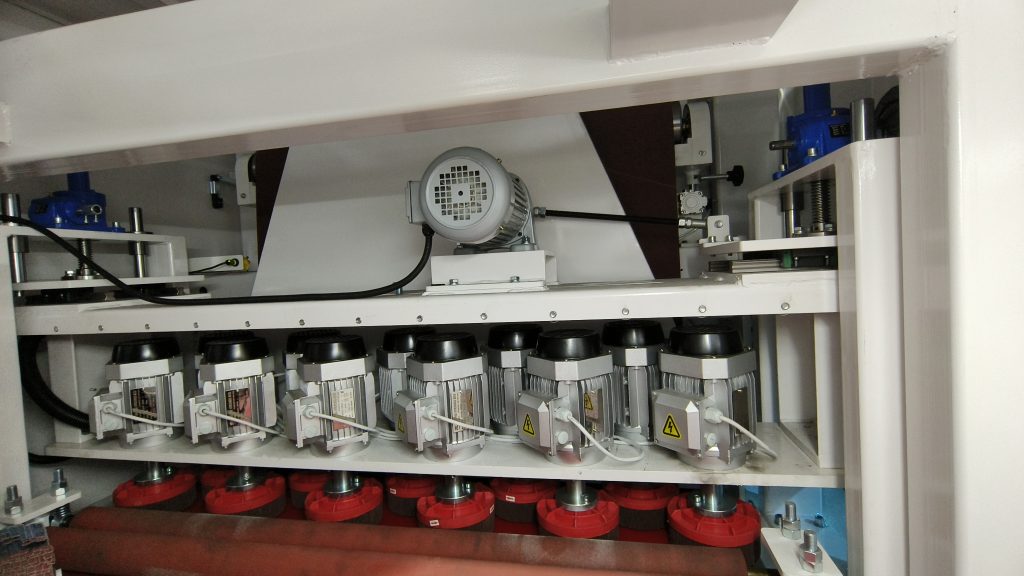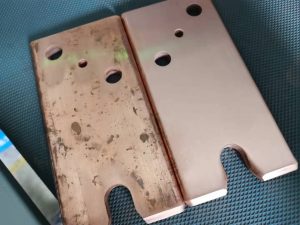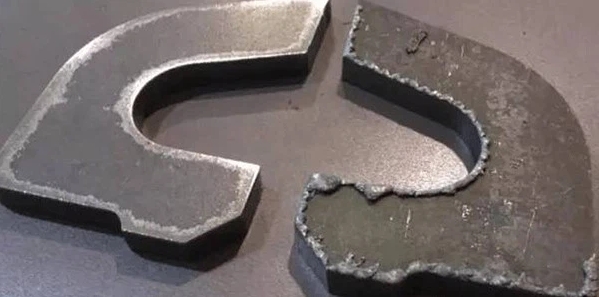Complete Guide to Metal Deburring and Finishing: Techniques, Equipment, and Best Practices
May 28 ,2025
Metal deburring and finishing are critical processes in modern manufacturing that ensure product quality, safety, and aesthetic appeal. Whether you’re operating a small fabrication shop or managing large-scale industrial production, understanding these processes is essential for maintaining competitive advantage and meeting customer expectations.
What is Metal Deburring and Why is it Important?
>>> Deburring of Plasma, Oxyfuel, & Flame-Cut Parts
Metal deburring is the process of removing unwanted raised edges, sharp corners, and material fragments (burrs) that remain on workpieces after manufacturing operations. These imperfections naturally occur during various metalworking processes and can significantly impact product quality, functionality, and safety.
The importance of proper deburring extends beyond aesthetics. Unremoved burrs can cause assembly problems, create safety hazards for operators, interfere with proper part function, and lead to premature wear in mechanical systems. Additionally, burrs can trap contaminants, cause electrical shorts in electronic assemblies, and create stress concentrations that may lead to part failure.
Types of Burrs and Their Formation
Understanding burr formation is crucial for selecting appropriate removal methods. Burrs are classified into two primary categories:
Mechanical Burrs
Mechanical burrs result from physical deformation during manufacturing processes such as:
- Shearing operations: Created when metal is cut by opposing blades
- Stamping processes: Formed during punch and die operations
- Machining operations: Generated by cutting tools during turning, milling, or drilling
- Forming processes: Created during bending, folding, or rolling operations
The size and characteristics of mechanical burrs depend on factors including material properties, tool condition, cutting parameters, and machine setup.
Thermal Burrs
Thermal burrs, also known as slag or dross, are byproducts of heat-generating processes:
- Laser cutting: Creates resolidified material along cut edges
- Plasma cutting: Produces slag attachments and heat-affected zones
- Flame cutting: Generates oxide scale and irregular edge formations
- Welding operations: Creates spatter and irregular bead profiles
Thermal burrs often require different removal techniques compared to mechanical burrs due to their metallurgical characteristics and adherence to the base material.
Deburring vs. Finishing: Understanding the Distinction
While often used interchangeably, deburring and finishing serve different purposes in manufacturing:
Deburring specifically targets the removal of burrs and sharp edges that pose functional or safety concerns. The primary goals are eliminating cutting hazards, ensuring proper part fit, and removing interference-causing protrusions.
Finishing encompasses broader surface modification objectives, including:
- Surface texture improvement
- Corrosion resistance enhancement
- Paint adhesion preparation
- Aesthetic enhancement
- Dimensional accuracy improvement
Additional finishing operations may include:
- Edge rounding: Creating controlled radius edges for safety and functionality
- Surface smoothing: Reducing surface roughness for improved appearance
- Scale removal: Eliminating oxidation and heat treatment byproducts
- Stock removal: Achieving precise dimensional tolerances
Establishing Deburring Standards and Quality Control
Successful deburring operations require well-defined standards that address design requirements, manufacturing processes, and quality inspection procedures.
Design Phase Considerations
During the design phase, engineers should specify edge requirements clearly:
- No deburring required: Edges remain as-produced from manufacturing
- Sharp edge removal: Eliminate cutting hazards while allowing minor burrs to remain
- Visible burr removal: Remove all burrs detectable by unaided visual inspection
- Magnified burr removal: Eliminate burrs visible at specified magnification levels
- Controlled edge breaking: Create chamfers or breaks to minimum specified dimensions
- Radius edge requirements: Establish curved edges within specified tolerance ranges
Manufacturing Standards
Manufacturing instructions should provide comprehensive guidance on:
- Equipment selection and setup procedures
- Process parameters and operating conditions
- Quality checkpoints and measurement techniques
- Material handling and safety protocols
Clear documentation ensures consistent results regardless of operator experience and facilitates training new personnel.
Inspection and Quality Verification
Effective quality control employs multiple inspection methods:
Visual Inspection: The most common but least precise method, suitable for general quality assessment. Lighting conditions and inspector experience significantly affect reliability.
Tactile Inspection: Uses simple tools to detect burrs:
- Toothpicks detect burrs as small as 0.0005 inches
- Pencils assess burr rigidity and adherence
- Fingernail testing evaluates sharpness and height
Magnification Methods: Provide accurate detection of minute defects using microscopes, magnifying glasses, or digital inspection systems.
Specialized Equipment:
- Borescopes inspect internal cavities and holes
- Height gauges measure burr dimensions
- Metallurgical mounts enable cross-sectional analysis
Automated Deburring: Advantages and Applications
Automation transforms deburring from a labor-intensive process into a precise, repeatable operation with numerous benefits:
Safety Improvements
Automated systems eliminate operator exposure to sharp edges, rotating machinery, and hazardous materials. This reduces injury risk and creates safer working environments while improving long-term employee health outcomes.
Consistency and Quality
Machine-controlled processes deliver uniform results independent of operator skill or fatigue. This consistency reduces rework, minimizes scrap rates, and ensures predictable quality levels across production runs.
Productivity Enhancement
Automated systems operate continuously with minimal supervision, increasing throughput while freeing skilled operators for higher-value activities. Modern machines can process complex geometries that would be difficult or impossible to deburr manually.
Expanded Capabilities
Automation enables processing of parts previously considered difficult to deburr, opening new market opportunities and allowing shops to take on more challenging projects.
Deburring Machine Types and Selection Criteria
Modern deburring equipment comes in various configurations to suit different applications:
Belt Sanders and Grinders
Belt-type machines use abrasive belts to remove burrs and smooth surfaces. They’re ideal for flat parts, sheet metal edges, and simple geometries. Available in both wet and dry configurations.
Disc Sanders
Rotating disc machines excel at edge work and can handle varying part geometries. They’re particularly effective for thicker materials and heavier burr removal applications.
Brush Deburring Systems
Rotating brushes with abrasive filaments provide gentle burr removal suitable for delicate parts or applications requiring surface texture preservation.
Vibratory Finishing
Mass finishing systems process multiple small parts simultaneously using abrasive media in vibratory bowls or drums. Excellent for high-volume production of smaller components.
Wet vs. Dry Processing Systems
Dry Systems
Dry deburring machines are ideal for shops processing similar materials consistently. They offer:
- Lower initial investment costs
- Reduced maintenance requirements
- Simpler operation procedures
However, dry systems require dust collection systems and are limited in the types of materials they can safely process.
>>> How to Choose the Right Solution for Your Metal Finishing Needs
Wet Systems
Wet systems use coolant to manage heat and debris, offering several advantages:
- Ability to process mixed materials safely
- Reduced fire and explosion risks
- Better heat management
- Smaller equipment footprint (no dust collection required)
- Improved surface finish quality
Wet systems are essential when processing aluminum (fire hazard from dust) or when grinding different materials in sequence.
Selecting the Right Deburring Solution
Choosing appropriate deburring equipment requires careful consideration of several factors:
Production Volume
Low Volume: Manual tools and portable equipment may be cost-effective for small batch production or prototype work.
Medium Volume: Semi-automated systems balance cost and productivity for moderate production requirements.
High Volume: Fully automated systems provide the efficiency and consistency needed for large-scale production environments.
Material Considerations
Different materials require specific approaches:
- Aluminum: Requires wet processing to prevent dust fires
- Stainless Steel: Needs aggressive abrasives due to work-hardening characteristics
- Carbon Steel: Can be processed wet or dry depending on application
- Exotic Alloys: May require specialized abrasives and processing parameters
Part Geometry and Size
Component characteristics influence equipment selection:
- Sheet Metal: Wide-belt sanders or disc machines work well
- Small Parts: Vibratory systems handle high volumes efficiently
- Complex Shapes: Brush systems can conform to irregular geometries
- Large Components: Require machines with appropriate capacity and handling capability
Quality Requirements
Different applications demand varying quality levels:
- Functional Deburring: Basic burr removal for operational requirements
- Cosmetic Finishing: Enhanced surface appearance for visible components
- Precision Applications: Tight tolerance edge conditioning for critical parts
Abrasive Selection and Its Impact
Abrasive choice significantly affects deburring results, processing time, and tool life:
Abrasive Types
Aluminum Oxide: General-purpose abrasive suitable for most metals, offering good cut rate and reasonable tool life.
Silicon Carbide: Harder than aluminum oxide, excellent for non-ferrous metals and providing superior surface finish.
Ceramic Abrasives: Long-lasting and aggressive, ideal for stainless steel and heat-resistant alloys.
Zirconia: Combines durability with aggressive cutting action, excellent for production environments.
Grit Selection
Coarser grits (40-80) provide rapid material removal for heavy deburring, while finer grits (120-400) create smooth surface finishes. Progressive grit sequences optimize both efficiency and surface quality.
Maintenance and Operating Best Practices
Successful deburring operations require consistent maintenance and proper operating procedures:
Regular Maintenance Tasks
- Abrasive Replacement: Monitor wear and replace before performance degrades
- Filter Cleaning: Maintain dust collection and coolant filtration systems
- Mechanical Inspection: Check belts, bearings, and drive components regularly
- Calibration Verification: Ensure dimensional accuracy and process repeatability
Operating Procedures
- Setup Documentation: Record successful parameter combinations for repeat jobs
- Safety Protocols: Maintain proper personal protective equipment usage
- Quality Monitoring: Implement regular inspection and measurement procedures
- Troubleshooting Guidelines: Develop systematic approaches to common problems
Future Trends in Metal Deburring
The deburring industry continues evolving with technological advances:
Automation Integration
Modern systems increasingly integrate with manufacturing execution systems (MES) and incorporate Industry 4.0 technologies for real-time monitoring and optimization.
Advanced Abrasives
New abrasive technologies offer longer life, better performance, and environmental advantages over traditional materials.
Process Monitoring
Sensor technology enables real-time process monitoring and automatic adjustment for consistent quality and optimal efficiency.
Conclusion
Metal deburring and finishing are essential processes that directly impact product quality, safety, and manufacturing efficiency. Success requires understanding burr formation mechanisms, selecting appropriate removal methods, and implementing proper quality control procedures.
Whether choosing manual methods for low-volume work or automated systems for high-production environments, the key is matching the deburring solution to specific application requirements. Consider factors including material type, production volume, quality requirements, and economic constraints when making equipment decisions.
Investing in proper deburring capabilities pays dividends through improved product quality, enhanced safety, increased productivity, and expanded market opportunities. As manufacturing becomes increasingly automated and quality requirements continue rising, effective deburring and finishing processes become even more critical for competitive success.
By following the guidelines and best practices outlined in this guide, manufacturers can develop deburring operations that consistently deliver high-quality results while optimizing efficiency and profitability.



